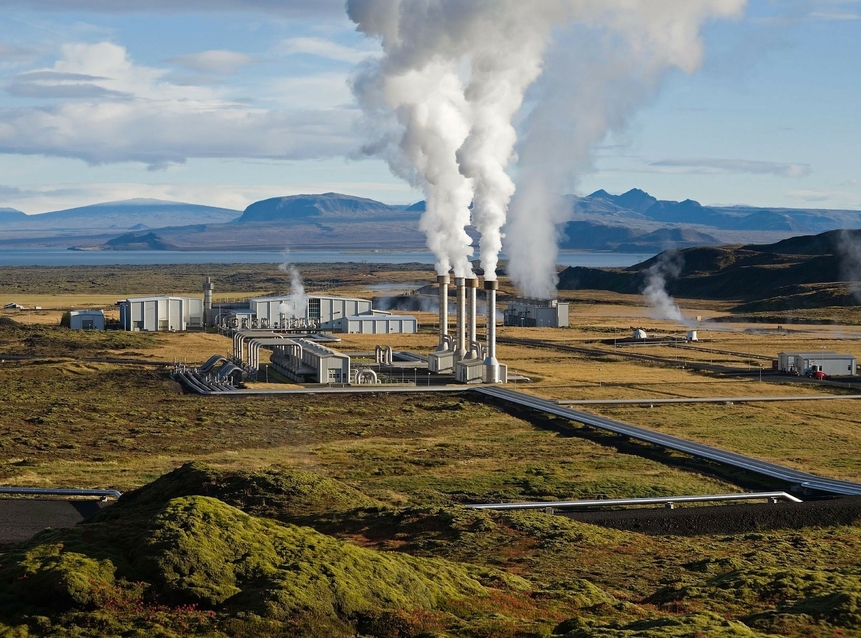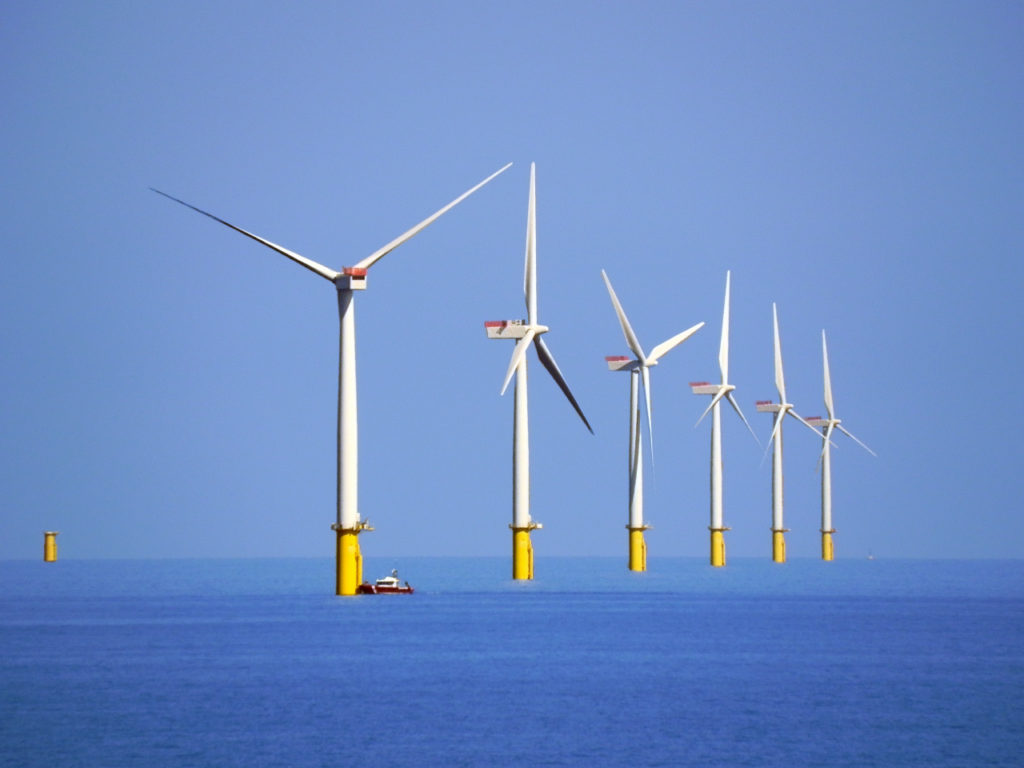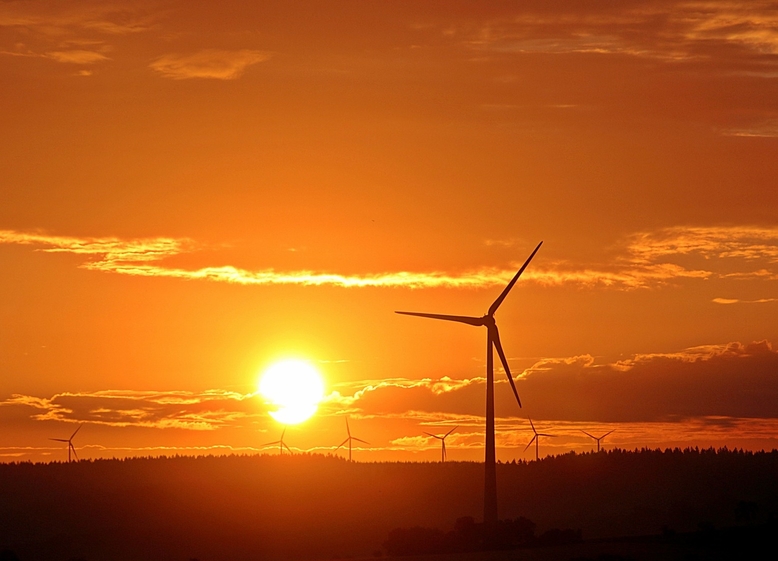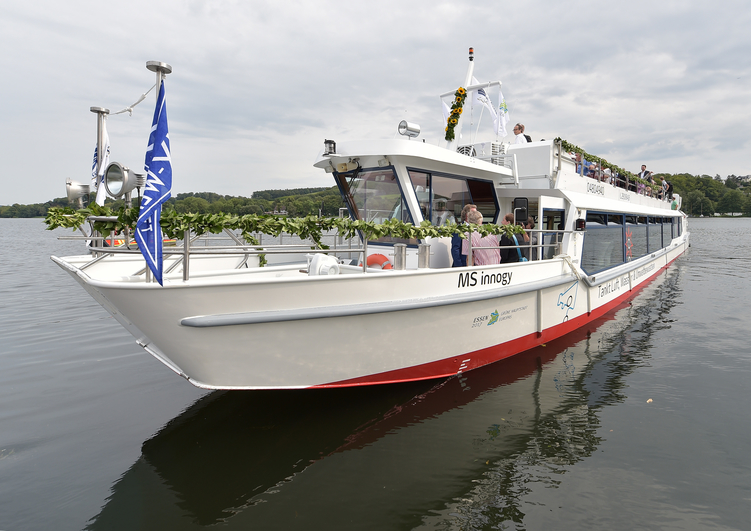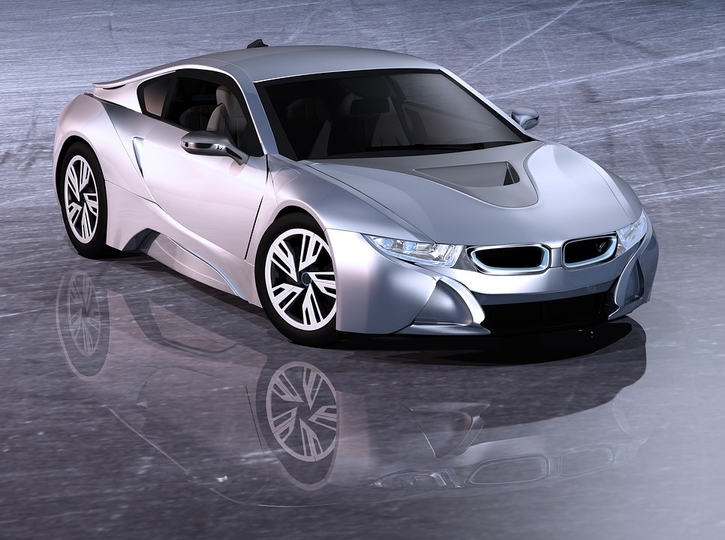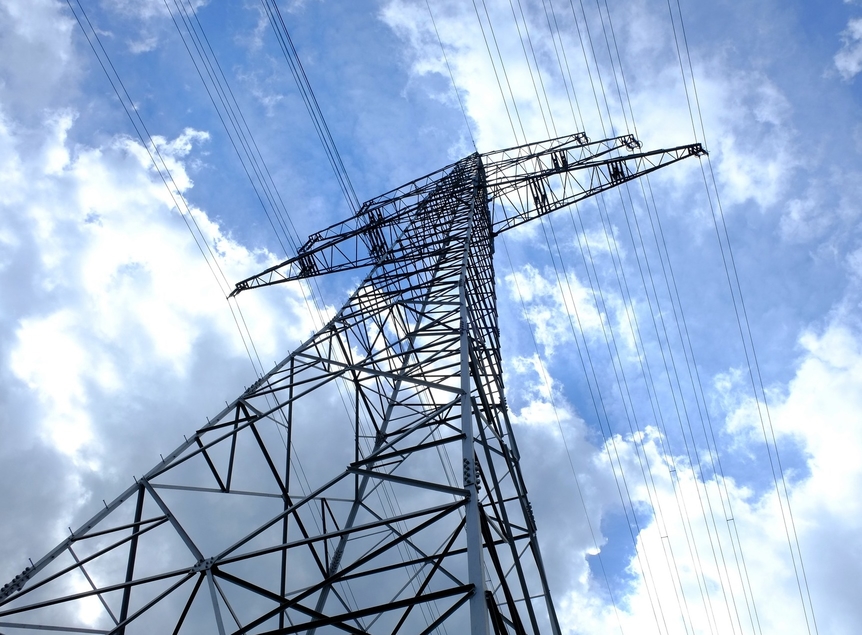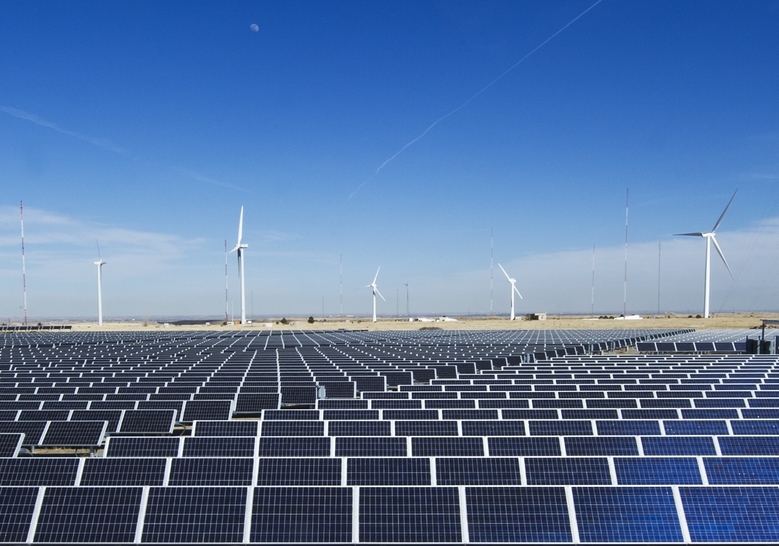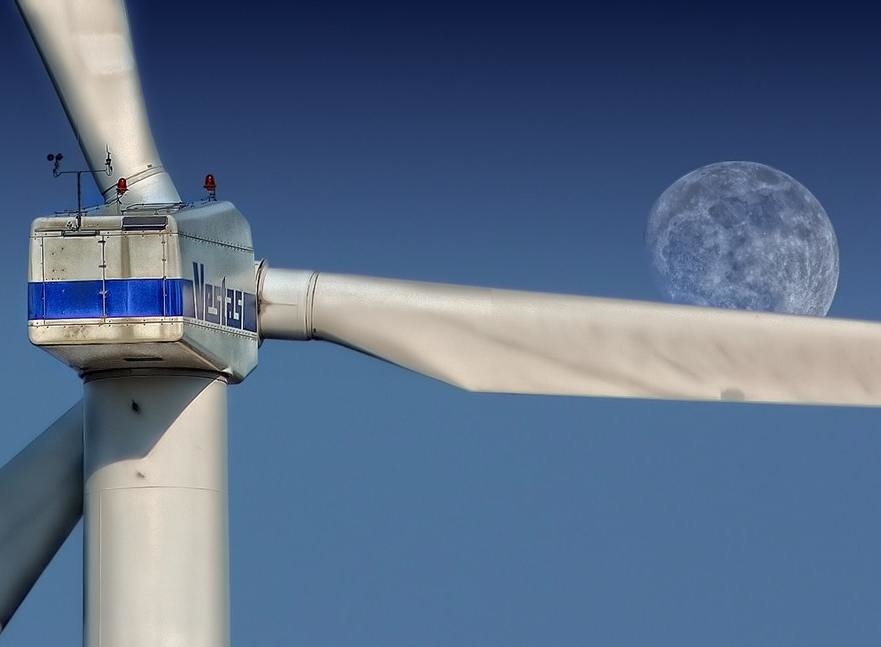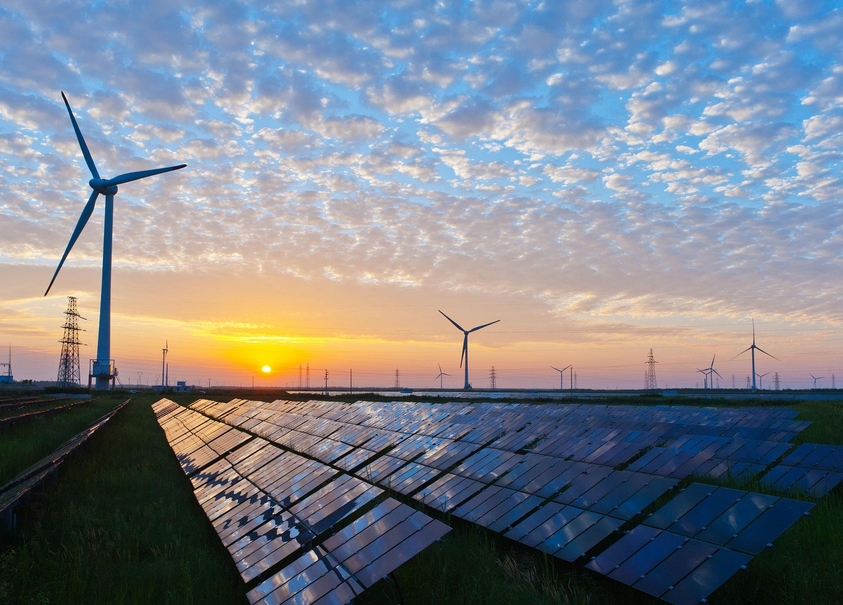Ministerial Meeting Gathers in Italy To Scale-Up Geothermal Energy Worldwide
Leaders and ministers from more than 25 governments will meet in Florence, Italy on 11 September, to accelerate the global adoption of geothermal energy. The Global Geothermal Alliance (GGA) meeting is the largest such ministerial gathering dedicated to geothermal energy development. Geothermal energy today accounts for just 0.3 percent of globally installed renewable energy capacity. However – once start-up costs are met – it is one of the lowest-cost and most reliable renewable energy sources available. The global potential for geothermal is estimated to be in the region of 200 GW.
Ministerial Meeting Gathers in Italy To Scale-Up Geothermal Energy Worldwide Read More »
